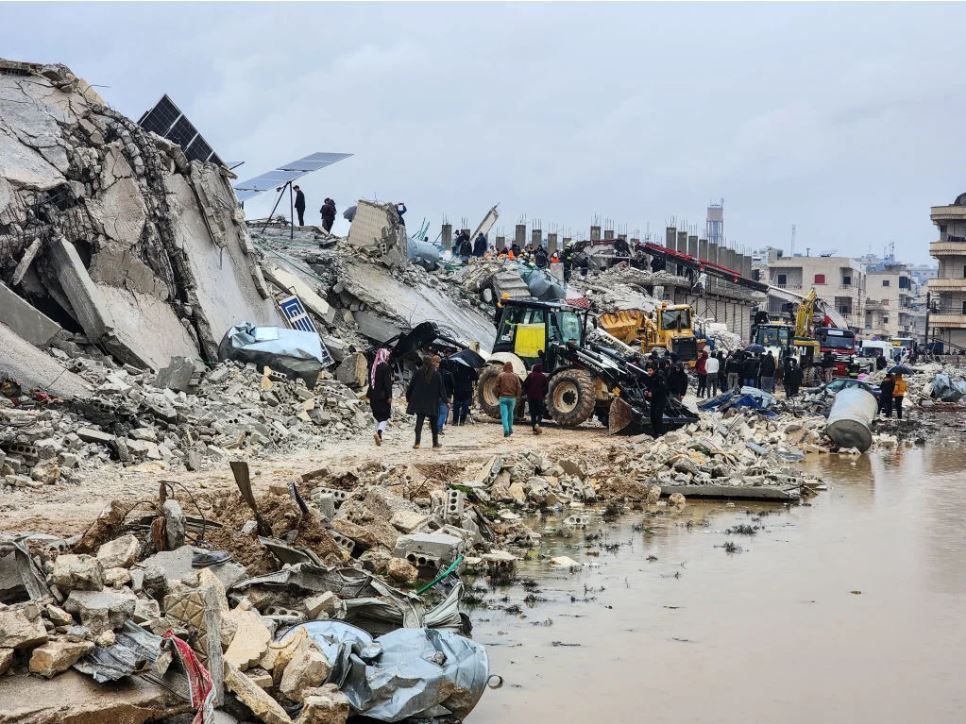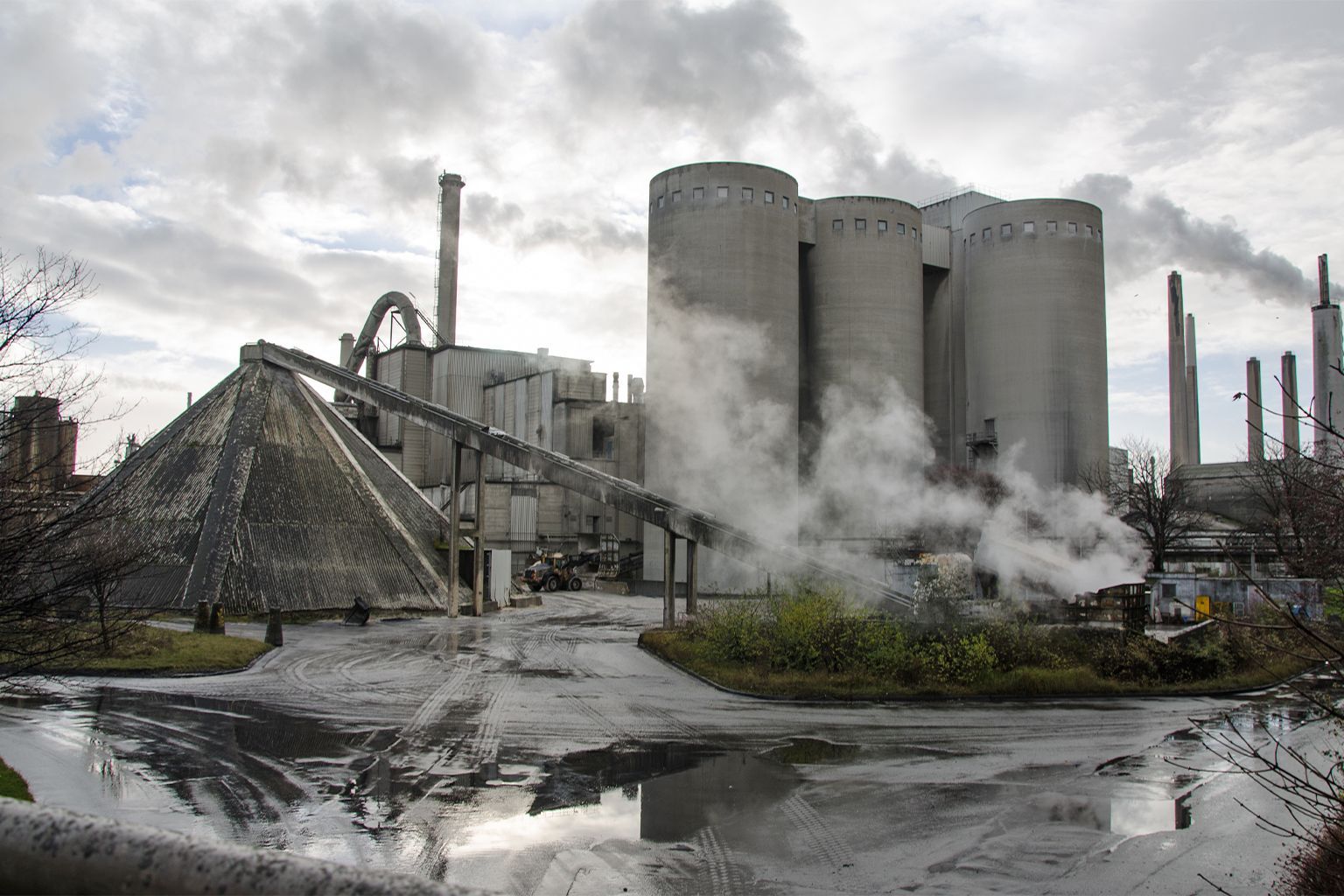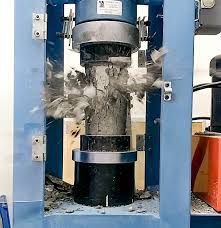The recent tragic earthquakes in Syria and Turkey exposed the devastating realities of irregular and sub-standard building construction, highlighting why regulation, policies and legislation play such a critical role in construction.

The 7.8 and 7.5 magnitude earthquake sequence that struck Turkey and Syria on 6 February caused severe damage to infrastructure and the failure of thousands of buildings.
In the aftermath of the initial seismic event, United States Geological Survey scientist David Wald said that “an earthquake this size has the potential to be damaging anywhere in the world, but many structures in this region are particularly vulnerable”.
While the events took place in a seismically active region, many of the buildings that collapsed simply were not built to withstand such powerful earthquakes – even with Turkey last updating its building code for earthquake resilience four years ago.
Experts have thus raised questions about the quality of construction, older structures not being brought up to standard and buildings that were put up illegally.
Bournemouth University disaster management expert, researcher and geologist Henry Bang, among others, noted that “the strength of the building or structural design of infrastructure is [a] key factor responsible for the intensity of damage incurred”.
“Looking at some of the pictures of the damaged buildings, it is evident that most of them were not designed to withstand very strong earthquakes,” he said. “Some buildings have simply collapsed to the ground while many [mulit-]storey buildings collapsed like a pack of cards.
"This shows that most of the buildings did not have the relevant features to provide stability during an earthquake. Those whose walls have crumbled to the ground are probably very old buildings that were built with relatively weaker building materials. The [multi-]storey buildings that have collapsed like a pack of cards were probably not built with earthquake-resistant design features.”
University of Hull vice-chancellor and landslide expert Dave Petley also noted that the building collapses happened “at a rate that was far higher than was anticipated for an event of this size”.
He added: “The causes remain unclear but may be a combination of higher than anticipated peak ground accelerations, poor building codes – and/or standards that were not properly applied – and unanticipated ground conditions that led to foundation failures.”
The design of buildings that adhere to modern seismic codes would also cover appropriate foundation solutions.
The foundation design, as Aston University civil engineering lecturer and structural engineer Haris Alexakis explained, is after all one part of the “holistic structural design required to achieve the desired seismic performance”.
He added: “Foundations cannot be considered separately from the design of the whole structural system and its interaction with the soil. A seismic-resistant building is specially designed to withstand lateral inertial forces having adequate lateral strength, stiffness and ductility, and is able to deform and absorb the seismic energy in a controlled manner, without collapsing.
“For shallow foundations, continuous systems, such as a mat foundation or strap footing, are typically preferred against isolated spread footing, due to the additional seismic moments from the superstructure vibration, which increase the soil stresses and the possibility of differential settlement.
“Depending on the soil strength and stiffness, increasing further the width of foundations is a common design option. Designing appropriately all structural joints is crucial to achieve the desired ductility, and the same holds for the foundation-column connections.
“For tall buildings and large infrastructure in seismic areas, a deep foundation is typically required. Pile or caisson foundations are common design options. Improving the soil mechanical parameters (e.g., via draining, compacting, confining or reinforcing the soil) might be needed, depending on the results of the seismic analysis, after implementing correctly the seismic codes.”
Geotechnical investigations and proper risk analysis carried out prior to the construction of buildings and infrastructure also play a key part in ensuring structural resilience against natural hazards.
Jönköping University assistant professor at the school of engineering Reza Ahmadi Naghadeh said: “The recent earthquake in Turkey has highlighted the critical importance of conducting comprehensive site investigations and risk analyses to ensure the resilience of civil engineering structures against natural hazards such as earthquakes and landslides.
“Geotechnical engineering plays a crucial role in guaranteeing structural safety, especially in areas with high seismic activity or problematic soil conditions, like the prevalence of sensitive clays in Scandinavian countries.
“However, geotechnical reports are sometimes given less priority than other aspects of construction, resulting in inaccurate and insufficient reports. This issue is particularly prevalent in low-rise housing projects, where reports are seen as mere procedural requirements. Nevertheless, the reliability and cost of engineering structures are significantly affected by ground properties, and the information presented in site investigation reports has a strong influence on design, project costs and safety.”
Naghadeh told GE that, to address these issues, geotechnical engineers should prioritise careful planning and assessment of site investigations to ensure reliable and accurate reports.
“By doing so, we can work towards building a more sustainable society that is resilient to natural disasters, like earthquakes. A comprehensive understanding of ground properties and behaviour, achieved through comprehensive investigation and analysis of subsurface characteristics, is critical for improving earthquake resilience,” he added.
The earthquakes and the following aftershocks have also triggered landslides and liquefaction hazards.
Based on studies following previous seismic events around the world, Petley said powerful landslide patterns have already emerged.
“But what is noticeable is that in many parts of the world this scientific understanding is not translating into improved preparedness for coseismic landslides, or preparedness for post-seismic landslide,” he said.“Understanding the landslides are likely to cluster along fault traces should allow the planning of better mitigation measures in these locations, and of course improved response to events in the immediate aftermath of occurrence. In very few places are we seeing this translation of scientific knowledge into engineering practice.”
This article was first published by Geplus.co.uk
Tensor Blogspot










